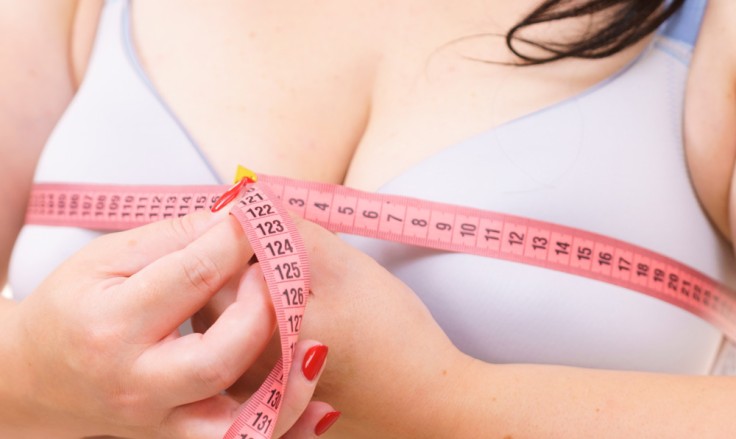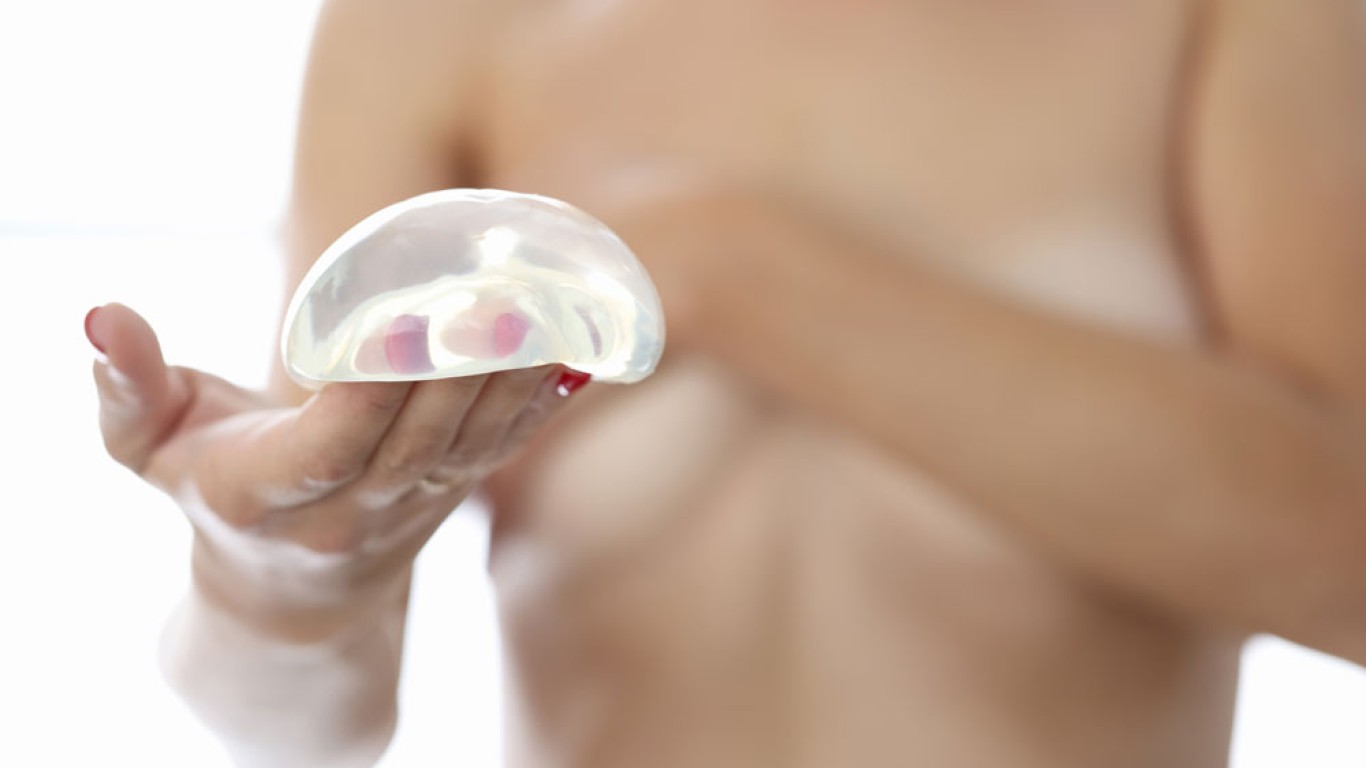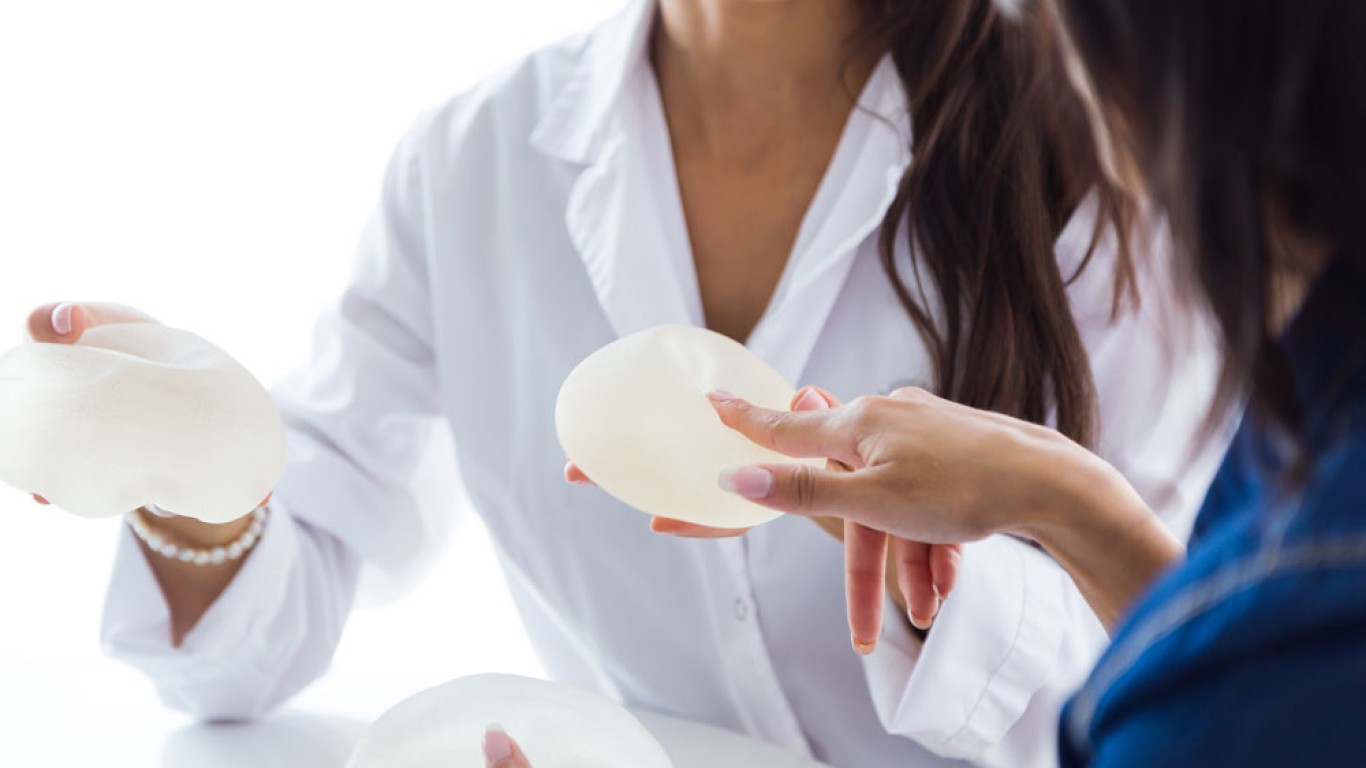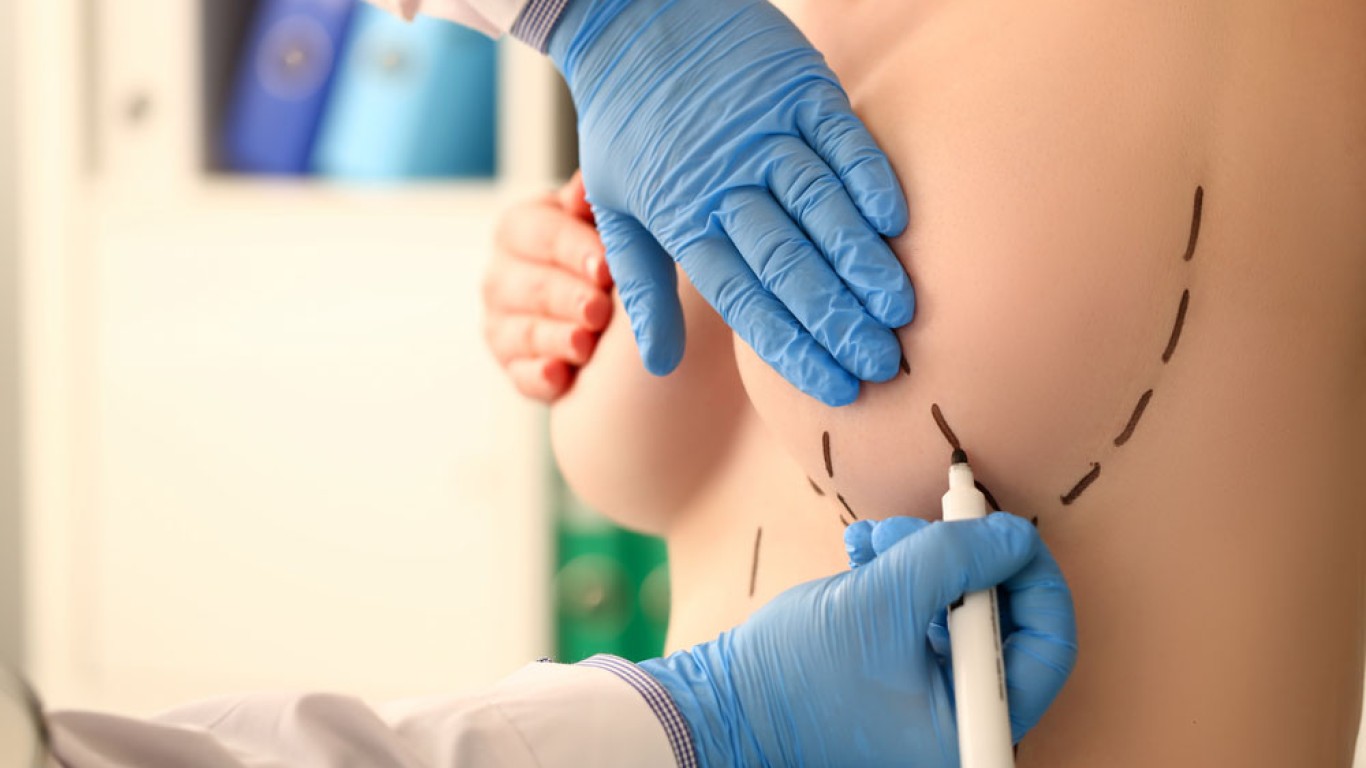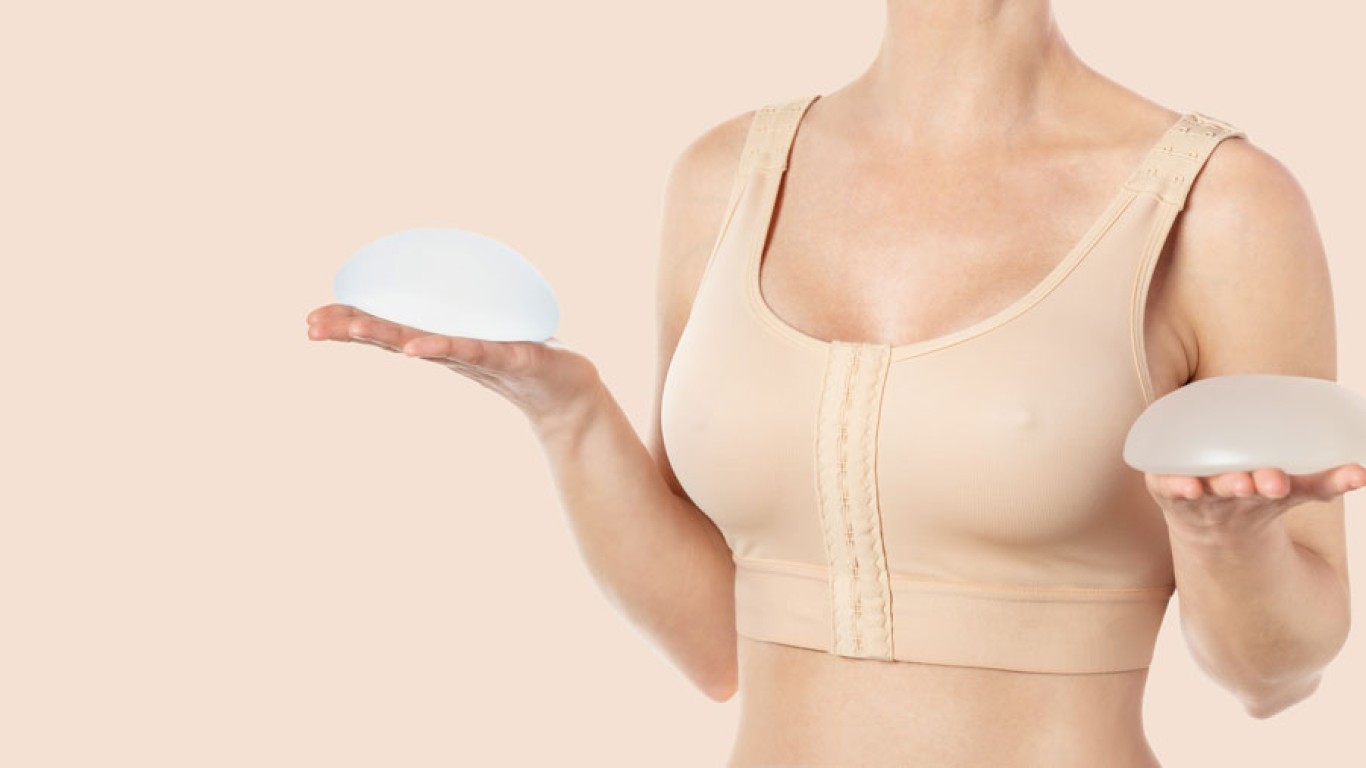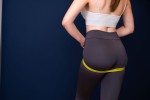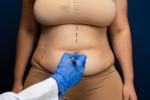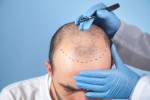Introduction
When considering breast enhancement, many patients prioritise natural-looking results. The two leading options—breast fat transfer and implants—offer distinct approaches. Each has its advantages and appeals to different goals. Breast fat transfer uses your body’s fat to add volume, while implants involve silicone or saline devices. Both methods can deliver fuller breasts, but which one truly looks more natural? In this guide, we compare both techniques, helping you decide which suits your vision for enhancement best.
Understanding Breast Fat Transfer
Breast fat transfer is a two-step procedure. First, fat is harvested from another area of the body, such as the abdomen or thighs. Then, it’s purified and injected into the breasts to create volume. Additionally, it’s often called “natural augmentation” because it uses your own tissue. This option appeals to those seeking modest increases and subtle shaping. The results are soft and move like natural breast tissue. Because the fat comes from your body, the final outcome tends to blend seamlessly.
How Breast Implants Work
Breast implants involve surgically inserting silicone or saline devices into the breast area. These implants come in various shapes, sizes, and textures. Additionally, they can be placed either under the muscle or directly beneath the breast tissue. Implants are suitable for those wanting a more dramatic change in size or lift. They offer predictable volume and long-term durability. However, the feel and appearance depend on implant type, placement, and your body shape. With skilled execution, results can still look natural.
Which Feels More Like Natural Breast Tissue?
Many patients choose breast fat transfer for its realistic feel. Because the fat integrates with your existing tissue, the breasts remain soft and warm. Additionally, there’s no foreign object involved, which can appeal to those who prefer a more organic outcome. In contrast, breast implants may feel firmer, especially with saline options or subglandular placement. Silicone implants are softer, but some patients still notice differences during touch. Overall, breast fat transfer often provides the closest match to natural breast feel.
Breast Fat Transfer vs Implants: Visual Differences
Breast implants generally provide more projection and upper pole fullness. This makes the breasts appear rounder and more lifted. For those seeking a more defined cleavage or structured silhouette, implants may be preferable. In contrast, breast fat transfer creates a more teardrop-shaped result. The volume is distributed gradually, mimicking the natural curve of the breast. Additionally, fat grafting allows for subtle asymmetry correction and contouring. If your goal is soft enhancement without sharp definition, fat transfer might be the better choice.
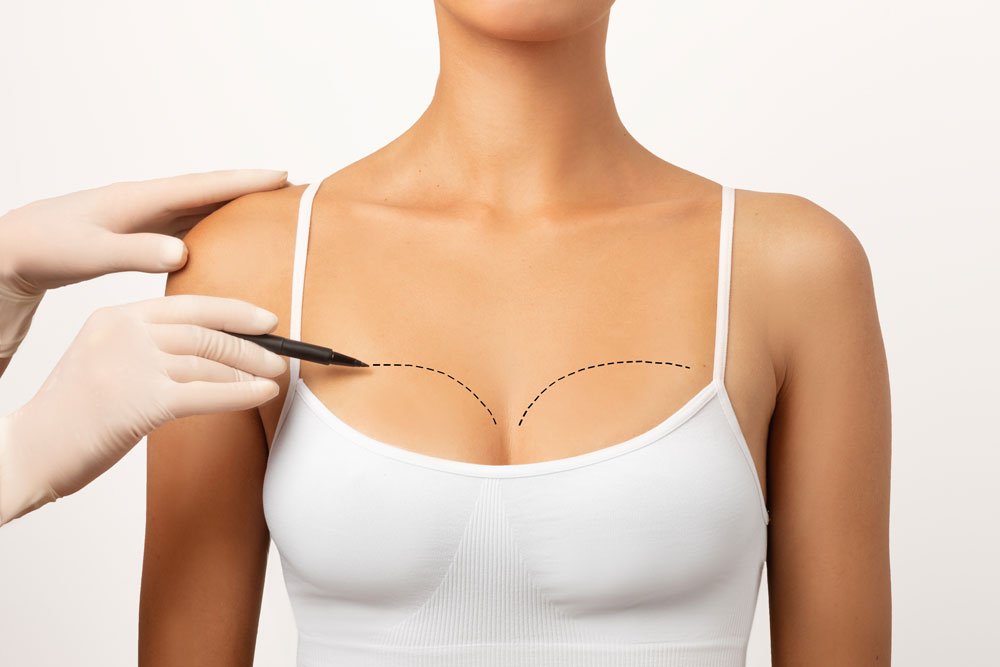
Breast Fat Transfer vs Implants: Scarring and Surgical Recovery
Scarring is another factor when considering natural results. Breast fat transfer involves tiny incisions for liposuction and injection, resulting in minimal visible scarring. These small marks often fade and are barely noticeable. Additionally, recovery is usually shorter and less painful. With implants, incisions are made under the breast, around the nipple, or under the arm. Although these scars are hidden, they are larger and take longer to heal. For those concerned with scarring, breast fat transfer offers a gentler approach.
Breast Fat Transfer vs Implants: Volume and Size Limitations
Breast implants can provide significant volume increase in one procedure. This makes them ideal for patients wanting a larger cup size. In contrast, breast fat transfer typically adds only one cup size per session. Additionally, the final volume depends on how much fat survives the grafting process. Some of the transferred fat is naturally reabsorbed by the body. Therefore, patients may require multiple sessions for desired fullness. If dramatic size change is your goal, implants may be more practical.
Longevity and Maintenance
Fat grafts that survive the initial healing period are permanent. Breast fat transfer doesn’t require replacement unless desired. Additionally, the results age naturally with your body. In contrast, implants may need replacement every 10–15 years. Regular check-ups and potential future surgeries are part of long-term care. Some patients also experience implant-related issues such as rupture or capsular contracture. While these are uncommon, they do require attention. Fat transfer avoids these concerns, offering lower maintenance over time.
Candidacy for Each Procedure
Not everyone is a candidate for both options. For breast fat transfer, patients must have enough body fat for harvesting. Very lean individuals may not qualify. Additionally, those with significant breast sagging may need a lift alongside augmentation. Breast implants are more versatile and can address a wider range of cosmetic concerns. However, they may not be suitable for those wanting only subtle change. A thorough consultation with your surgeon will determine the best method based on anatomy and goals.
Combining Fat Transfer with Implants
Some patients choose a hybrid approach—combining breast implants with fat transfer. This method offers structure from the implant and soft, natural contouring from the fat. Additionally, fat can be used to refine implant edges or improve cleavage. This combination creates enhanced volume with a softer transition between chest and breast. It’s especially helpful for thin patients where implant edges may be more visible. Combining both techniques delivers a tailored result that balances fullness and realism.
Personal Preference and Aesthetic Goals
Ultimately, the best option depends on your personal vision. If you prefer modest, natural-looking enhancement with minimal scarring, breast fat transfer is ideal. If you're aiming for a dramatic change in volume and shape, implants may be the better choice. Additionally, consider your lifestyle, health status, and comfort with ongoing maintenance. Consulting with a skilled plastic surgeon will help align your aesthetic desires with the right technique. Every patient’s journey is unique, and your comfort should guide your decision.
Conclusion
In conclusion, both breast fat transfer and implants offer unique advantages depending on your goals. Breast fat transfer provides a softer, more natural look and feel with minimal scarring. Implants, however, offer more predictable volume and longer-lasting lift. Additionally, combining both methods can achieve enhanced results in certain cases. The choice ultimately comes down to your desired outcome, body type, and lifestyle preferences. With expert guidance, you can achieve natural-looking breasts that align with your vision.
For more information on breast surgeries and to book a consultation visit the ACIBADEM Beauty Center Breast Augmentation webpage.
Frequently Asked Questions
Yes, the fat that survives after healing becomes a permanent part of your breast tissue.
Generally, yes. While silicone implants feel soft, fat grafting offers a more natural texture and warmth.
Fat transfer provides a subtle increase. Large volume changes may require multiple sessions or implants.
Implants usually involve longer recovery due to larger incisions. Fat transfer has quicker healing and less discomfort.
Significant weight loss may reduce breast size, as some transferred fat may shrink with overall fat reduction.
